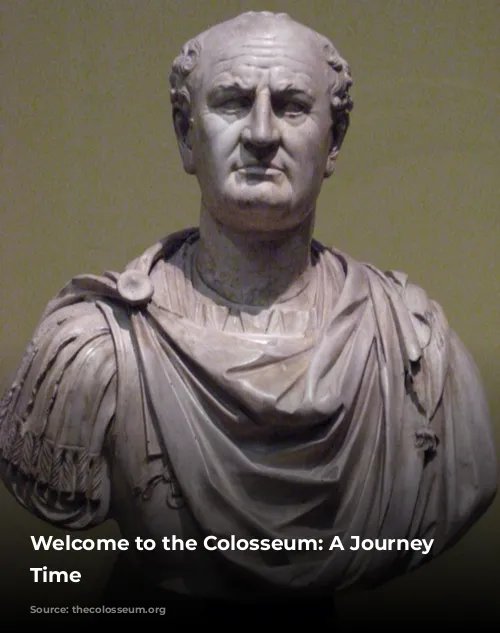Prepare to be amazed! The Colosseum, a towering symbol of ancient Rome, boasts a rich history spanning nearly two thousand years. This iconic arena has witnessed thrilling gladiator battles, breathtaking hunts, and even gruesome executions, leaving an enduring mark on the world. Join us as we delve into fascinating facts about this architectural marvel!
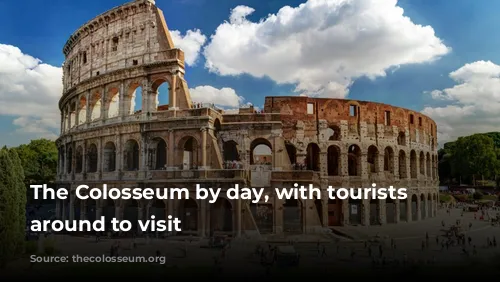
Construction & Design: A Monument to Power
The Colosseum’s construction, a testament to Roman ingenuity, commenced in 72 AD under the watchful eye of Emperor Vespasian. Sadly, he passed away before its completion, leaving the task to his sons, Emperors Titus and Domitian. An estimated 60,000 to 100,000 Jewish slaves, captured after the Jewish-Roman War, toiled tirelessly to bring this grand vision to life, working under the direction of skilled Roman engineers and artisans.
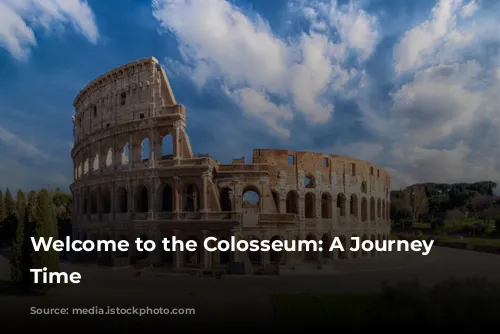
A Symbol of Imperial Might: Why Was the Colosseum Built?
The Colosseum’s origins lie in the aftermath of the Great Fire of 64 AD, which ravaged Rome. Emperor Nero, eager to rebuild his image, commissioned the construction of a luxurious palace, the Domus Aurea, on the charred land. However, this extravagance angered the Roman citizens. When Nero was overthrown and Vespasian ascended to the throne, he demolished the palace and ordered the construction of the Colosseum on its site. The Colosseum, an architectural masterpiece, was envisioned as an arena for all Roman citizens to enjoy entertainment and spectacles.
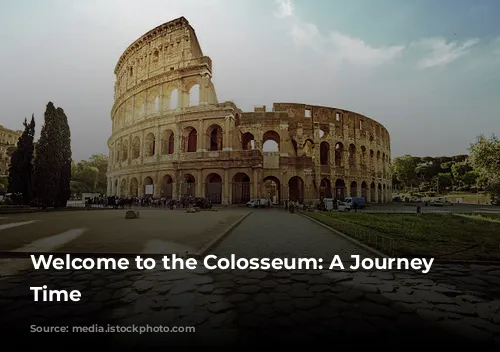
A Name with History: The Colosseum’s Identity
Initially known as the Flavian Amphitheater, named after the Flavian dynasty, the Colosseum’s current name is believed to stem from the colossal bronze statue of Emperor Nero that once stood near the building. This statue, a tribute to the Colossus of Rhodes, bestowed its name upon the arena, a fitting tribute to its scale and grandeur.
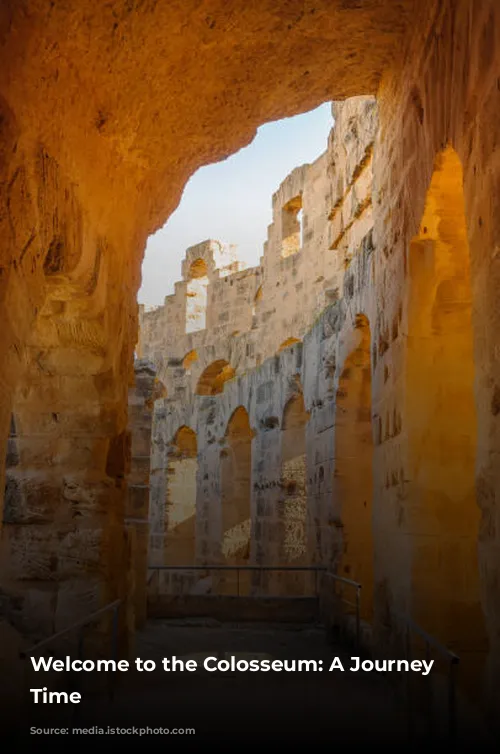
Dimensions of Glory: A Massive Structure
The Colosseum, an oval-shaped structure, is a testament to Roman architectural prowess. Its imposing dimensions, 189 meters long, 156 meters wide, and 48.5 meters tall, captivate visitors. The Colosseum encompasses an area of six acres, a testament to its sheer size and grandeur.
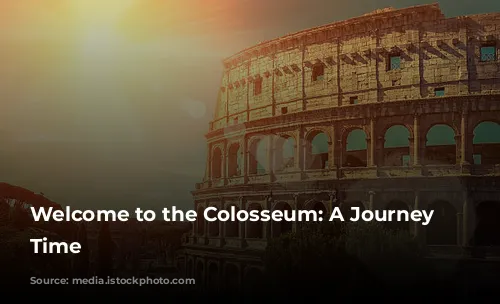
Arches of Time: A Gateway to the Past
The Colosseum’s outer walls are adorned with three tiers of columns, each level boasting 80 arches. These arches, originally numbered with Roman numerals, served as guides for spectators, ensuring they could easily locate their seats. While some of the original 80 arches remain intact, 31 are the ones that captivate visitors today.

The Colosseum’s Foundation: A Stone Giant
The Colosseum was built with an estimated 100,000 cubic meters of travertine stone, quarried from Tivoli, a location 20 miles away. Thousands of iron clamps were used to bind these stones together, creating a monument that has stood the test of time.
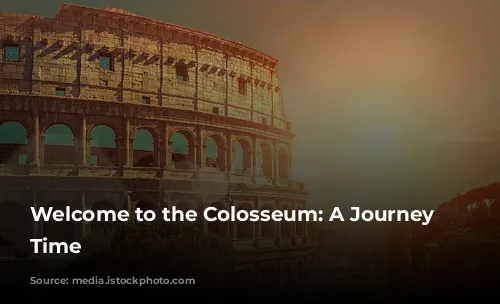
Secrets Beneath the Arena: The Hypogeum
The Hypogeum, a network of underground tunnels and chambers, played a vital role in the Colosseum’s spectacle. Gladiators, animals, and prisoners were held in these hidden spaces before entering the arena. Eighty vertical shafts connected the Hypogeum to the arena, facilitating the dramatic arrival of performers. An elaborate system of trap doors allowed for the deployment of props and scenery, enhancing the theatrical aspects of the events.
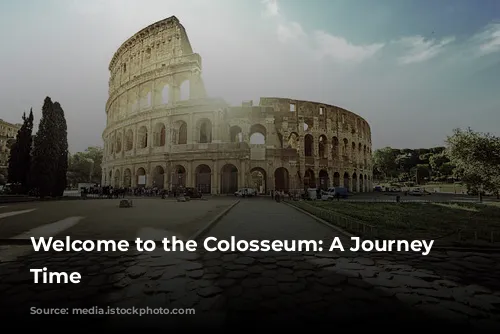
A Sea of Faces: The Colosseum’s Capacity
The Colosseum, designed to accommodate a vast audience, could seat between 50,000 and 80,000 spectators. Imagine the roar of the crowd, the anticipation, and the thrill of the events that unfolded within its walls!
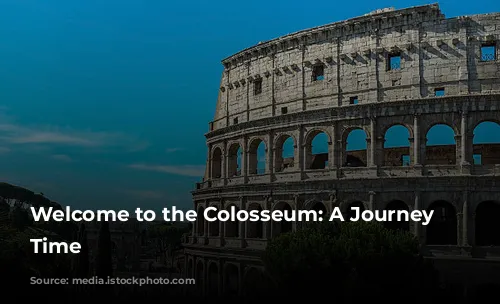
A Legacy of Blood: The Colosseum’s Toll
While the exact number remains a mystery, it is estimated that over 400,000 people, including gladiators, slaves, convicts, and prisoners, lost their lives within the Colosseum’s arena. For over 350 years, this arena was a stage for human bloodsports and spectacles, leaving a somber but undeniable mark on history.
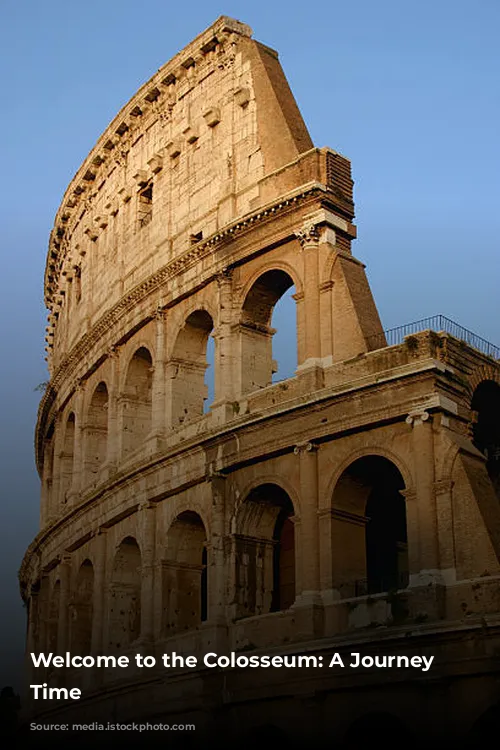
Animal Encounters: Beasts of the Arena
A wide array of animals, both ferocious and exotic, graced the Colosseum’s arena. From lions and tigers to elephants, wolves, and bears, these creatures were the stars of hunts, executions, and other spectacles. While the exact number of animals killed within the Colosseum’s walls remains unknown, it is believed to be in the millions, potentially leading to the extinction of certain species in surrounding regions.
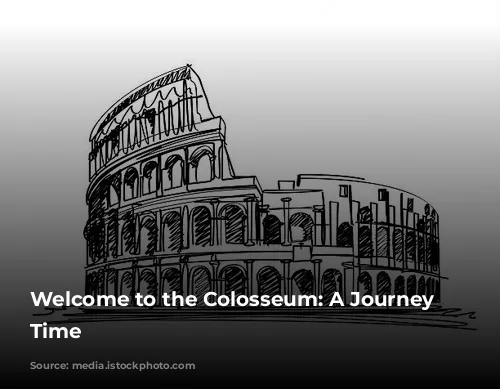
Spectacles of the Colosseum: Entertainment and Death
The Colosseum hosted a variety of spectacles, each catering to the Roman public’s thirst for entertainment. Gladiator battles, the most famous and frequently held events, showcased the skills and bravery of these warriors. Hunts, involving humans battling wild animals, provided a thrilling spectacle. Executions were also commonplace, often involving the “damnatio ad bestias,” where condemned individuals were thrown to their deaths by wild beasts. In its early days, the Colosseum also hosted Naumachia, staged naval battles, achieved by flooding the arena.
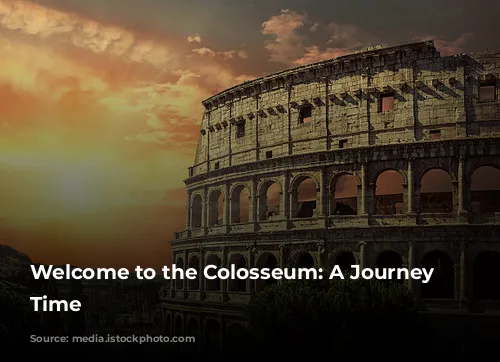
Debunking Myths: The Reality of Gladiator Battles
The Colosseum’s gladiatorial contests, often depicted as bloody free-for-alls, were actually more regulated than popularly imagined. Gladiators were categorized based on their fighting styles and experience, and matches were carefully orchestrated. Referees and doctors monitored the fights, and not all matches ended in death. Some gladiators enjoyed long careers, accumulating fame and prestige. However, it’s important to remember that many gladiators did perish in the arena, and the events were certainly not bloodless.
Christian Martyrs: Separating Fact from Fiction
While the Colosseum witnessed the deaths of thousands of individuals over the centuries, including Christians, there is no conclusive historical evidence to support the widespread association between Christian martyrs and the Colosseum.
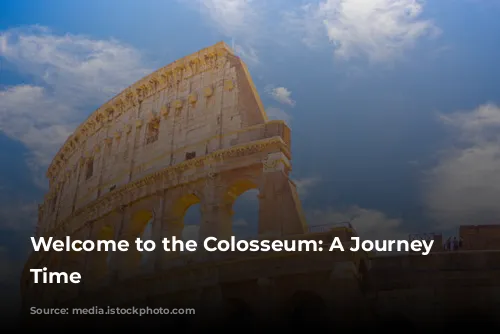
The Movie Gladiator: Fact and Fiction
The movie Gladiator portrays the story of Commodus, a real Roman emperor, and his fascination with gladiatorial combat. While Commodus did participate in gladiatorial contests, he often fought against handicapped or non-predatory opponents, revealing his sadistic nature. His actions sparked resentment among Roman citizens, but he did not meet his demise in the arena like depicted in the film.
Gladiators: More Than Entertainers
Gladiators, although seemingly entertaining the public, were members of a subjugated class. Upon becoming gladiators, they were stripped of their rights, becoming property of their owners, their lives essentially forfeit.
The Colosseum’s Silence: The End of Gladiator Battles
The last recorded gladiator battles in the Colosseum occurred in the year 435. While the exact date of their cessation is unknown, the Colosseum continued to be used for hunts for another century.
The Decline of an Empire: Why Did Gladiator Battles End?
Contrary to popular belief, gladiator battles weren’t abolished due to the rise of Christianity. Rather, the decline of the Roman Empire and rising costs contributed to their demise. By the 5th century, the Colosseum was in disrepair, and the resources to maintain the arena, pay gladiators, and acquire wild animals were scarce, leading to the eventual end of these spectacles.
Catastrophes and Transformations: A Resilient Structure
The Colosseum has endured multiple catastrophes throughout its history. At least three fires and four earthquakes have inflicted damage on the structure, requiring repairs and reconstructions. Despite these trials, the Colosseum has survived, standing as a testament to its enduring strength.
Beyond the Arena: The Colosseum’s Many Lives
After its days as an arena ended, the Colosseum was repurposed for various uses. It served as a cemetery, a place of worship, a dwelling, a workshop, and a fortified castle, before finally becoming a tourist attraction, drawing millions of visitors each year.
A World-Renowned Landmark: The Colosseum’s Enduring Legacy
The Colosseum, a captivating symbol of ancient Rome, continues to enchant visitors from all corners of the globe. Attracting over 7 million tourists annually, it stands as one of the most visited landmarks in the world, its history etched into the memories of all who witness its grandeur. The Colosseum, a true testament to human ingenuity and the enduring power of history, invites us to journey through time and experience the legacy of ancient Rome.
